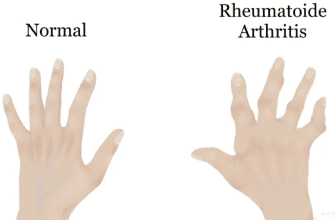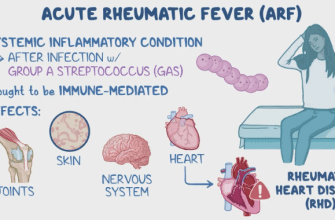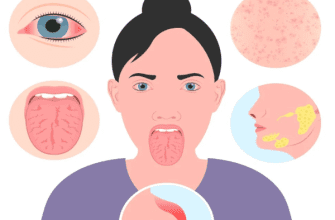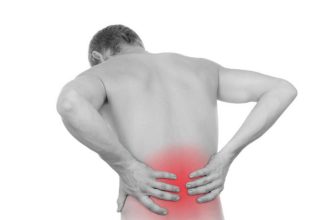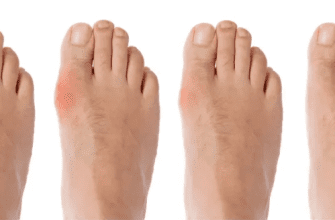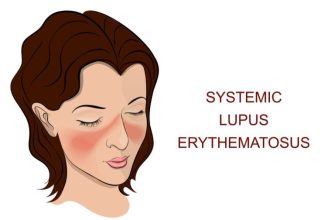Contents
1. When and how was the concept of “healthy eating” developed?
- The concept of “healthy eating” emerged in the 19th century with advances in biochemistry. German scientist Carl Voit pioneered nutritional guidelines for proteins, fats, and carbs.
Foundation:
- Based on: Macronutrient (PFC) balance, vitamins, and minerals.
2. Scientific Evidence Supporting Healthy Eating
Facts
- Reduced Disease Risk:
- Harvard University study (2020): Among 100,000 participants, those following a Mediterranean diet had a 25% lower incidence of cardiovascular disease.
- Weight Management:
- BMJ meta-analysis (2021): Low-carb and high-protein diets resulted in 10% greater weight loss over six months.
- Longevity:
- Cell journal (2022): A 20% reduction in calorie intake extended the lifespan of test animals by 15–20%.
3. Downsides of Healthy Eating
- High cost: Organic foods are 30-50% more expensive.
- Mental stress: Obsessive calorie counting may cause orthorexia.
- Nutrient deficiencies: Vegan diets often lack B12 without supplements.
4. How to Start Eating Healthy?
Step-by-Step
- Diet Analysis:
- Record everything you eat for 3 days (use MyFitnessPal).
- Gradual Changes:
- Replace white bread with whole-grain and sugary drinks with water.
- Meal Schedule:
- 3 main meals + 2 snacks. Intervals: 2.5–3 hours.
- Hydration:
- 30 ml of water per 1 kg of body weight daily.
5. Contraindications
- Pregancy: Strict diets are unsafe—increased calories are required.
- Diabetes: Low-carb diets need medical supervision.
- GI disorders: Raw veggies may irritate gastritis.
Conclusion
Healthy eating is not a diet but a lifestyle, grounded in science. Start small, avoid extremes, and consult a doctor for chronic conditions.
Additional Tip: For personalized nutrition, get tested for vitamin deficiencies (e.g., 25-OH vitamin D).
*For a personalized diet, test for vitamin deficiencies (e.g., 25-OH vitamin D).*

